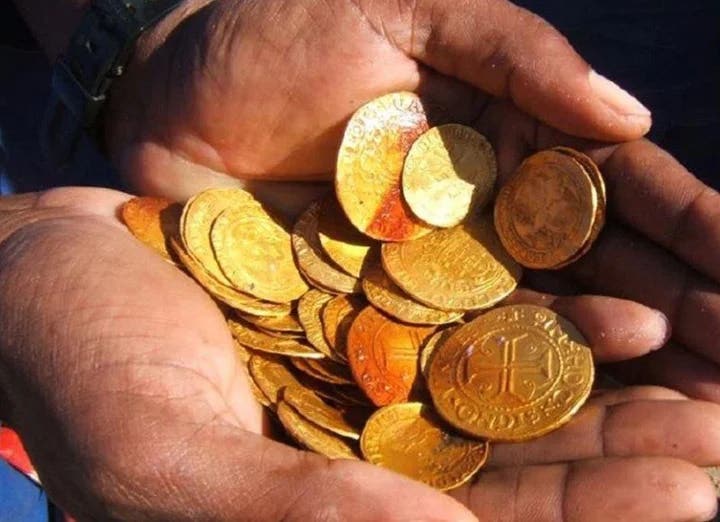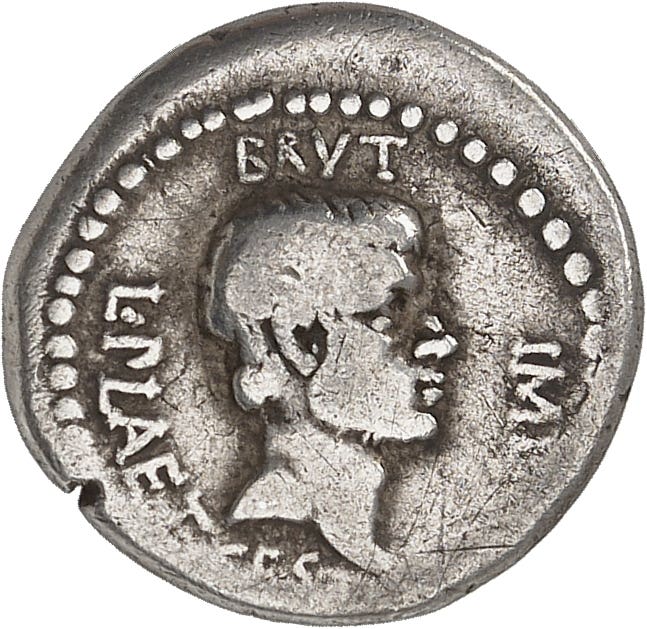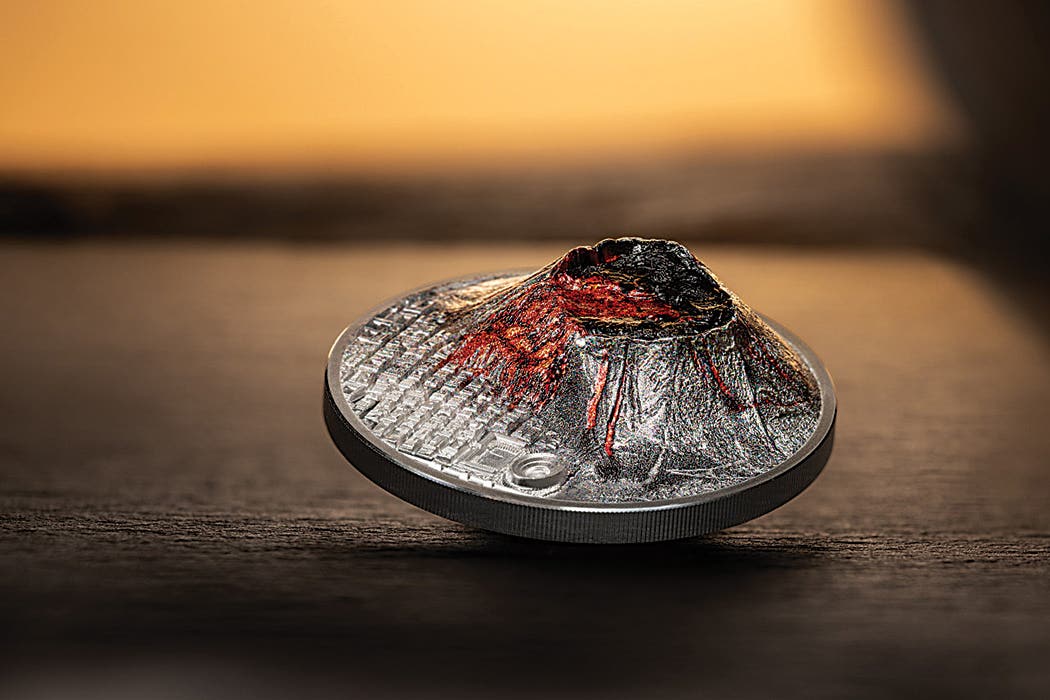New Seychelles coins damaged goods?
Can nickel-plated steel rust? Apparently so, according to the Central Bank of Seychelles. The island nation has a circulating 25-cent coin comprised of nickel-plated steel, for which no problems have…
Can nickel-plated steel rust? Apparently so, according to the Central Bank of Seychelles.
The island nation has a circulating 25-cent coin comprised of nickel-plated steel, for which no problems have been reported. The more recently introduced 10-rupee coins of similar materials, however, are beginning to rust only a few weeks following their introduction. The new coin is brass-coated to give it a yellow color.
On Feb. 3, the Seychelles News Agency reported that samples of the rusting coins have been forwarded to the British Royal Mint, where they were struck, for examination. The damaged coins were detected beginning in December 2016, within the month in which the coins began to circulate.
Central bank banking services spokesman Mike Tirant asked, “Has it happened during production process or is it something or an element that the coins have been exposed to, and whether all 10-rupees coins are affected or if it is just a batch?”
When questioned if the problem coins were genuine, Tirant answered, “For Seychelles we do not expect counterfeits with the 10 [rupee] coins. The value is too low for someone to try and counterfeit, and the samples we have collected so far are all genuine central bank coins which we have put out in circulation.”
The exchange rate of 10 rupees to the U.S. dollar is currently 74 cents, although the cost of living is significantly lower on the islands. The coins were introduced to replace a paper bank note of the same denomination.
Other bank notes now in use include the 25-, 50-, 100- and 500-rupee denominations. Money is tightly controlled. According to the MRI Bankers’ Guide to Foreign Currency, “Visitors must settle their hotel and travel expenses with hard currency or with rupees with proof of exchange in banks.”
The BRM has been producing circulation coinage for the Seychelles since 1982. The South African Mint Company (the official mint of South Africa) also strikes some of the Seychelles coins. Currently the Seychelles use brass composition 1-, 5- and 10-cent coins, the most 10-cent now being minted composed of brass-plated steel, as well as the 25-cent previously mentioned. The current 2- and 5-rupee coins are composed of copper-nickel. Until the recent introduction of the 10-rupee, the only coins of this denomination were gold non-circulating legal tender commemoratives.
While heraldry appears on the obverse of these coins, the reverse of the cent depicts a crab. The tapioca plant is depicted on the reverse of the 5-cent, black parrot on the most current 10-cent as well as the 25-cent, triton conch shell on the 2-rupee and fruit tree on the 5-rupee.
According to the central bank, about 600,000 of the new 10 rupees were released into circulation in early December. About 150 of the coins exhibiting early signs of rust had been returned at the time this article was being written.
“Further production of the coin has been suspended pending investigation,” the Seychelles News Agency reported. “The central bank is advising any one with the damaged coins to bring them to the bank in the country’s capital Victoria.”
The Republic of Seychelles is situated in the Indian Ocean about 932 miles off the main coast of East Africa. The nation is comprised of 115 islands made of either coral or granite.
Early in modern history, the islands were a haven for pirates. The archipelago was named for French Minister of Finance Jean Moreau de Sechelles at the time of King Louis XV; however, the British gained control in 1810. The nation was granted its independence in 1976, but the islands continue to be a member of the Commonwealth of Nations.
This article was originally printed in World Coin News. >> Subscribe today.
More Collecting Resources
• Order the Standard Catalog of World Paper Money, General Issues to learn about circulating paper money from 14th century China to the mid 20th century.
• Start becoming a coin collector today with this popular course, Coin Collecting 101.








